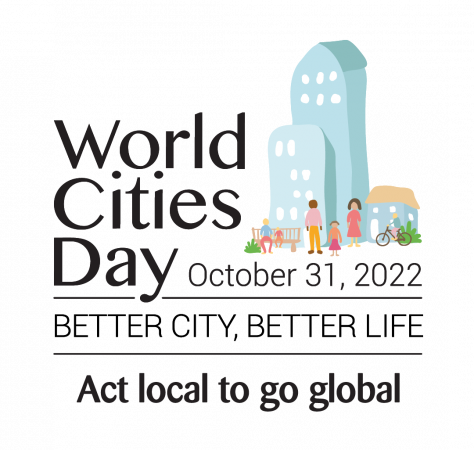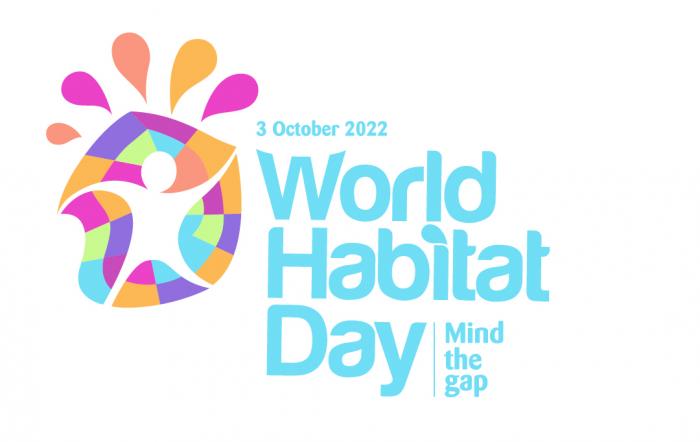Summary
Intro
SNG is a municipality of half a million inhabitants, located in northern Mexico. It is part of the urban agglomeration of Monterrey, and currently faces significant challenges as a result of patterns of accelerated urbanization and metropolitan growth and the lack of an updated regulatory framework and inter-municipal coordination. The CPI measurement identified that SNG concentrates major challenges in the dimensions of Environmental Sustainability and Urban Governance and Legislation. Therefore, the municipality asked UN-Habitat to collaborate to develop, in a participatory manner, a roadmap for the sustainable urban development of the city by 2030; aligned with the 2030 Agenda and the NAU.
Description
Its fundamental objective is to establish in a consensual and evidence-based way, where the urban development of the city should evolve in its physical, social, economic and environmental dimensions to contribute (from the local) to the fulfillment of the SDGs and trigger a process of sustainability that is reflected in people's quality of life, from a local and metropolitan approach. In addition, in alignment with the principles of the 2030 Agenda and the NAU, it seeks to be a coordinating mechanism that defines guidelines, orientations and strategic actions to follow in the field of urban and territorial development, laying the foundations for a shared future, creating a framework common for actions between the different sectors and groups of the population and strengthening the continuity of long-term urban policies.
Contribution to SDG Implementation
In order to localize the SDGs and the principles of the NAU at the local level and materialize the fundamental principle of leaving no one or no place behind through concrete and grounded actions in the context of SNG, a strategic diagnosis and a broad participation process, incorporating as guiding axes the five dimensions of the 2030 Agenda (People, Planet, Prosperity, Peace, Partnership, and an additional one on Planning). This process resulted in the definition of the vision and its strategic framework that integrates 6 objectives, 22 goals and 58 lines of action.
Implementation methodologies
Under the approach of the “value chain of sustainable urbanization” of UN-Habitat, which traces a path of concatenated efforts to land the principles of the global agendas to concrete urban projects, based on the evidence and joint responsibility, a project implementation route that has three main phases and various activities:
1. Evidence generation:
a. Definition of a municipal urban and territorial diagnosis based on the results of the Prosperous Cities Index (CPI) and through the strategic analysis of three capitals: environmental, urban and socioeconomic.
b. Design and execution of 7 virtual participatory analysis and diagnosis workshops
c. Collective identification of Strengths, Opportunities, Weaknesses and Threats of the territory, as well as the priority issues to attend.
2. Consolidation of a City Vision for 2030, aligned with global development agendas:
a. Design and execution of a participatory cycle for the identification of proposals, with activities, focused on different groups and sectors of the population.
b. Integration of the vision and its strategic framework, based on the evidence and inputs collected from the participatory processes.
c. Analysis and specific recommendations to the municipality for its strengthening in municipal economy and finance and legislation and urban governance, for the realization of the vision. d. Definition of a monitoring mechanism for the subsequent follow-up of the impacts and results of the implementation of the vision.
3. Operationalization (in the process); through the participatory identification of strategic projects and catalysts that allow the implementation of the vision. A budget of 500,000 USD and a technical team of 6 specialists.
Results
• Integration of a municipal strategic diagnosis of the main strengths, weaknesses, opportunities and threats of the territory.
• Collective definition of a city vision and its strategic framework that integrates 6 objectives, 22 goals and 58 lines of action, aligned with the 2030 Agenda and its SDGs and the NAU.
• Innovative design of a participatory strategy in the context of COVID-19, which included activities focused on the integration of young people, women, children and girls and which included the use of digital tools to ensure interaction and dialogue with local actors.
• 17 participatory and technical work sessions where more than 7000 local actors were involved; 56% being women and 22% young. • Implementation of 9 murals designed by children with their vision of the city.
Factors and Constraints
The SNG 2030 city vision is a fundamental input for updating the main normative instrument of municipal urban management, which was a conjunctural factor to consolidate the collaboration between UN-Habitat, the municipality and the link with multiple strategic local actors due to their proximity to the territory. - On the other hand, a large part of the vision integration process and its implementation route has been carried out in the context of the Covid-19 pandemic which, although it represented a challenge, allowed innovating in the use of strategies to guarantee an inclusive participatory process with local actors.
Sustainability and replicability
The vision of the city of San Nicolás de los Garza 2030 considers broad monitoring and implementation process through which it seeks to land the objectives, goals and lines of action in the territory through short, medium and long-term strategic projects that detonate the expected urban transformation process. Likewise, as part of the strategies proposed in the vision, some of a metropolitan scope are contemplated, through which the benefits could be extended to the entire urban agglomeration of Monterrey, given the strategic location of SNG in the centre of it. On the other hand, The methodological process followed to define the vision and the participatory processes implemented can be easily replicated in other municipalities of the country and adapted to the reality of each territory due to its flexibility. In particular, the tools can be applied to the 305 Mexican municipalities with a CPI study (80% of the national urban population).
COVID-19 Impact
The collaboration with SNG was characterized by the global context caused by COVID-19, where the health measures of distancing posed a great challenge for the participatory planning processes. Given this, the need to innovate arose to ensure the participation of local actors throughout the project. For this reason, a participation and socialization strategy was defined that included a broad mapping of actors, the identification of digital platforms and the design of targeted activities for the different groups and sectors, to ensure that the different voices could be heard. Although there was broad participation in the project, there was the challenge of reaching the groups that are most vulnerable to the technological gap.
For more information, please visit https://onuhabitat.org.mx/
Source: https://sdgs.un.org/partnerships/vision-de-ciudad-para-el-desarrollo-urbano-y-territorial-sostenible-de-san-nicolas-de

